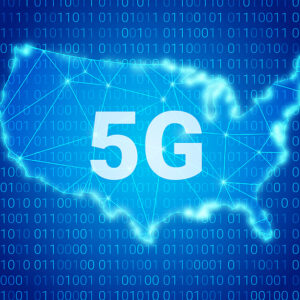The National Telecommunications and Information Administration (NTIA), the federal agency in charge of distributing the vast majority of the federal broadband funds, is reconsidering what technologies that money can be used for. This potential re-evaluation will benefit consumers and help close the digital divide without breaking the bank.
NTIA Director Alan Davidson told the House Energy and Commerce Committee in May that states can spend the money they will receive from the $42.5 billion Broadband, Equity, Access and Deployment (BEAD) Program on technologies other than fiber optics, including fixed wireless and satellite services.
While Davidson told lawmakers that states will be encouraged to prioritize fiber, he said the NTIA has created a process for states to use other technologies where appropriate. Some members of Congress have argued that NTIA should be more technology-agnostic in its approach to the distribution of BEAD, given how terrain in some states make fiber installation cost prohibitive in many locations.
“There will be some areas where you will be able to connect everybody with fiber with the funding that’s given to states that choose to do that, other states will have a mix,” Davidson said. “We’re going to see a range of choices made by states. I think our (Notice of Funding Opportunity) supports that and we do fully expect there will be a range of technologies — including a lot of fiber.”
The Biden administration announced BEAD allocations to the states on June 26.
As an example of how expensive fiber can be in certain locations, Fierce Telecom editor Linda Hardesty noted during a roundtable on Broadband Breakfast in December that an Alaskan company got a $33 million grant to install fiber to just 211 homes and five businesses. That equates to a cost of more than $200,000 per connection, money that could never be recouped by a private provider without a government subsidy. A typical fiber deployment costs less than $3,000 per connection.
“That exorbitant cost is the reason why fiber has never been run to places like that before, because private companies couldn’t make a business model out of that,” Hardesty said.
The news of the increased flexibility in BEAD funding comes as top wireless providers report a big boost in their fixed wireless access broadband services. T-Mobile reported in April it had added 523,000 net subscribers to its fixed wireless services in the first quarter of 2023, giving it 3.2 million customers. The company says it wants to grow that number to as much as 8 million by the end of 2025.
Verizon also reported in April it added 393,000 fixed wireless customers during the quarter, bringing its total subscriber base to 1.9 million. The company plans to use an additional 100 Megahertz of C-band spectrum to strengthen its fixed wireless services.
Seth Cooper with the Free State Foundation noted that fixed wireless is likely to continue to be a more attractive option for Americans with increased access to C-band spectrum and the expansion of 5G network coverage.
Cooper points out that Congress’s inability so far to reauthorize the Federal Communications Commission’s spectrum license auction ability will harm the ability of providers to increase the availability of fixed wireless services.
That is yet another reason Congress should act quickly to renew the FCC’s authority.

